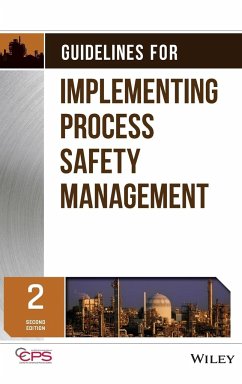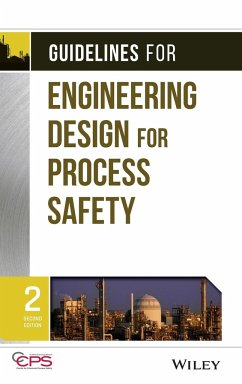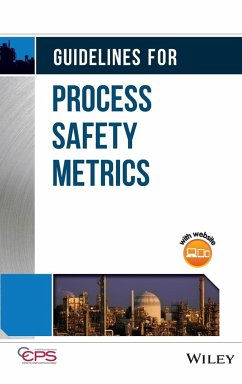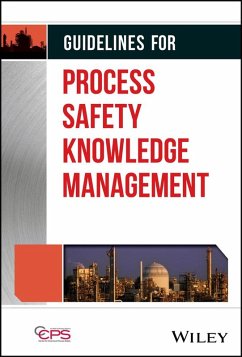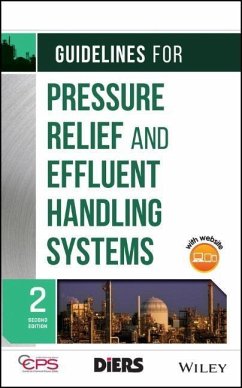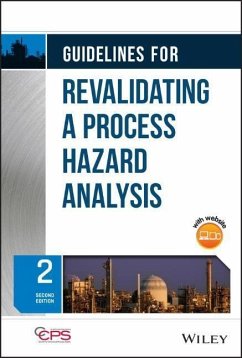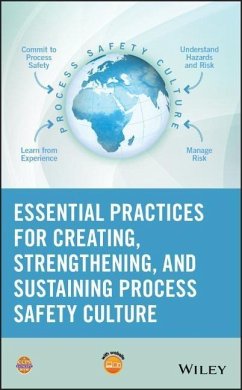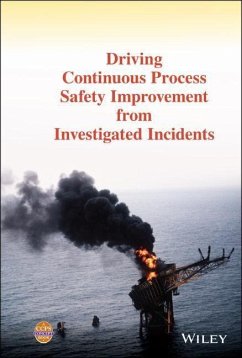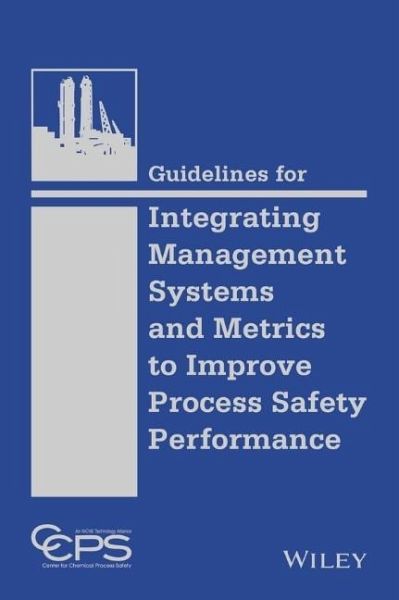
Guidelines for Integrating Management Systems and Metrics to Improve Process Safety Performance
Versandkostenfrei!
Versandfertig in über 4 Wochen
99,99 €
inkl. MwSt.
Weitere Ausgaben:

PAYBACK Punkte
50 °P sammeln!
This book combines the synergies between performance improvement systems to help ensure safe and reliable operations, streamline procedures and cross-system auditing, and supporting regulatory and corporate compliance requirements. Many metrics are common to more than one area, such that a well-designed and implemented integrated management system will reduce the load on the Process Safety, SHE, Security and Quality groups, and improve manufacturing efficiency and customer satisfaction. Systems to improve performance include: process safety; traditional safety, health and environment; and, pro...
This book combines the synergies between performance improvement systems to help ensure safe and reliable operations, streamline procedures and cross-system auditing, and supporting regulatory and corporate compliance requirements. Many metrics are common to more than one area, such that a well-designed and implemented integrated management system will reduce the load on the Process Safety, SHE, Security and Quality groups, and improve manufacturing efficiency and customer satisfaction. Systems to improve performance include: process safety; traditional safety, health and environment; and, product quality.
Chapters include: Integrating Framework; Securing Support & Preparing for Implementation; Establishing Common Risk Management Systems - How to Integrate PSM into Other EH; Testing Implementation Approach; Developing and Agreeing on Metrics; Management Review; Tracking Integration Progress and Measuring Performance; Continuous Improvement; Communication of Results to Different Stakeholders; Case Studies; and Examples for Industry
Chapters include: Integrating Framework; Securing Support & Preparing for Implementation; Establishing Common Risk Management Systems - How to Integrate PSM into Other EH; Testing Implementation Approach; Developing and Agreeing on Metrics; Management Review; Tracking Integration Progress and Measuring Performance; Continuous Improvement; Communication of Results to Different Stakeholders; Case Studies; and Examples for Industry




